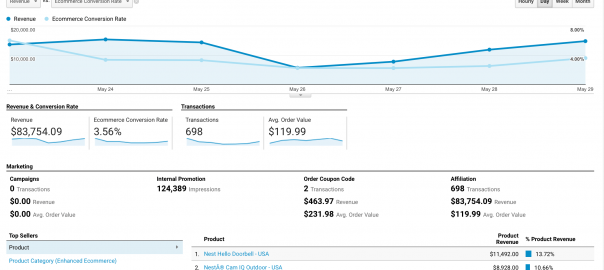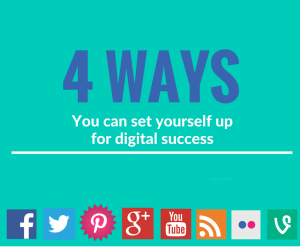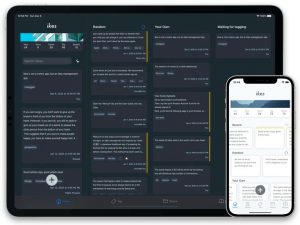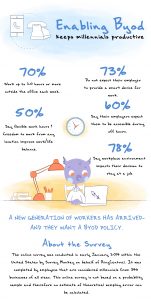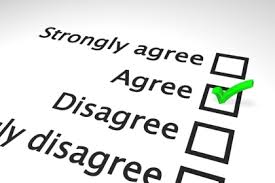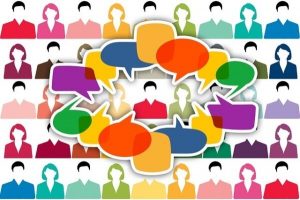One of the biggest challenges that new social sellers face is knowing how to measure their progress. Social selling is a strategy that includes many different individual tasks and interactions, so how do you measure success?
To be an effective social seller, you have to know how to start conversations with prospects, interact in a variety of ways across your chosen social platforms, and publish and share high-value content that speaks to your prospect’s biggest concerns.
As a result, there are many ways to measure the success of your social selling campaigns. So many, in fact, that many social sellers get bogged down in the details. Which metrics are more important? Well, that depends on your individual strategies and tactics.
Choosing the right metrics to monitor is important. Ultimately the metric(s) that you decide to use for success evaluation impact the strategies that you employ. But for new social sellers, it’s more important to decide on a simple metric and start measuring in some form, rather than suffering from analysis paralysis. Imperfect action is better than perfect inaction.
The good news is that all of the metrics covered in this article deliver valuable insights to social sellers. Each represents a critical aspect of any social selling operation. To optimize a metric on this list is to optimize a critical task or tactic within your broader social selling strategy.
In this article, we’ll outline the most important metrics that social sellers can use to monitor their social selling initiatives and identify opportunities for improvement. A word of caution: don’t lose the fun. Measuring your progress and success is absolutely key, but don’t obsess over it. Don’t check these metrics 5x per day. And also don’t be afraid to do something that will likely hurt one of these success metrics. Maybe you discover something new or you learn what not to do. One of the beautiful things about social media is that it’s unpredictable and that experimenting will help you develop your own style and that’s really what will shape your success. Make sense? Let’s read on…
Metric #1: LinkedIn Social Selling Index
When it comes to social selling, there aren’t many “catch-all” metrics that will give you a complete top-down view of your overall success, except maybe for… LinkedIn’s Social Selling Index (SSI). Currently, this metric is by far the quickest way to get a bird’s eye view of your social selling efforts.
LinkedIn’s SSI metric evaluates your efforts on LinkedIn only. So it won’t help you evaluate how you are doing on Twitter, Facebook, or other platforms. That said, if you crack the code on LinkedIn and you see your SSI go up, it’s unlikely that you’ll be unable to succeed on other platforms. The SSI looks at four key areas of any social selling campaign:
- Establishing your personal brand on the platform.
- Finding the right people and building your network.
- Engaging with the right people and nurturing engagement from your following.
- Building relationships with decision-makers.
LinkedIn’s huge database helps them assign a value to the actions that you take on their platform every day. And SSI has become one of the most popular social selling metrics in use today. It encourages engagement and helps social sellers to focus on specific goals for improving their overall score.
With that said though, SSI isn’t everything. Particularly for those that plan to operate outside of LinkedIn and on other platforms. Still, we always recommend that our clients use LinkedIn SSI in some form. Most B2B social sellers are on LinkedIn and the metric is simply too useful to ignore.
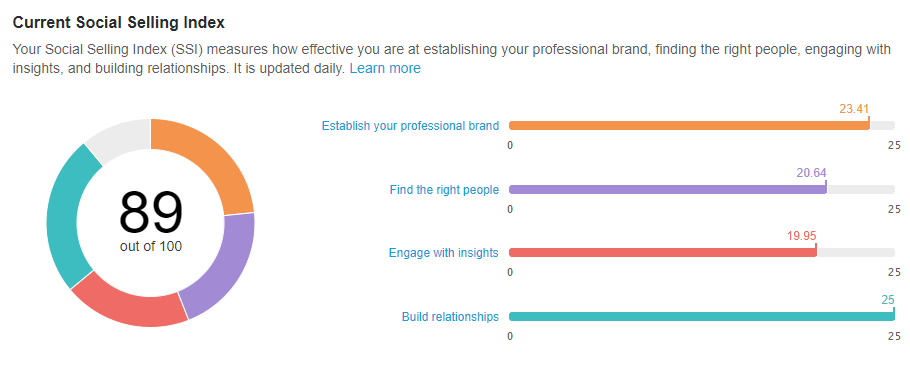
Metric #2: Network Growth
Network growth is a simple metric that can give you a good overall view of how your social selling efforts (both inbound and outbound) help you connect with your intended audience. When you are making new connections, followers, and friends, you are casting a broader net. More people know who you are. More people will interact with your posts and engage with your content. More people will engage in conversations with you. This is the bread and butter of social selling.
All social sellers should keep track of their network growth on individual platforms and across their entire social selling strategy. A broader network means more opportunities.
Metric #3: Inbound Connections
The rate at which your network grows is important, but going on LinkedIn and spamming out connection requests to grow your network is an example of fast network growth that is unlikely to yield business results. What we are saying is that the network growth metric can be a little misleading, depending on what your strategic objectives are.
Inbound connections are often a more useful way to measure network growth. Inbound connections come from anyone that sends you a connection request on LinkedIn, follows you on Twitter, or adds you as a friend on Facebook (or follows your page).
Inbound connections speak more to social selling success than network growth does on its own. Inbound connections mean that prospects are finding you. They may find you through mutual connections, content that you have shared on the platform, or through recommendation systems on your chosen social network.
Metric #4: Content Engagement Rate
When you share content, how many people are liking it, commenting on it, or sharing it with their own audiences? Providing value through high-quality content sharing is a critical aspect of social selling. You want to become a source of information for your audience. You want them to see you as an expert in your field.
You shouldn’t just share your own content, either. Sharing content from third-party sources and introducing your audience to a broad array of quality resources endears them to you.
Ultimately, your goal is to identify what is most important to your audience and share content around those topics. What are their most burning questions? What do they need to know about your product, company, and industry? What kind of content will help them to complete their goals? Measuring content engagement rates across platforms provides you with the clearest picture of whether or not you are doing a good job of these things.
Metric #5: Message Response Rate
Reaching out and establishing relationships with prospects one-on-one is critical for the success of your strategy. The rate at which people respond to the messages you’ve sent them can give you insight into how well you are engaging with new prospects.
A low message response rate can be a sign that you need to re-work your style for opening conversations with prospects. Or maybe you should evaluate how much time you invest into building familiarity with a prospect before reaching out via message. Or maybe it’s the timing when you send them messages?
Lots of ways to address and tweak this particular metric, but the message response rate is critical for determining whether or not you are doing a good job of warming the prospects before you engage with them. While some social selling strategies do involve cold email or messaging, most start with a question rather than a hard-sell.
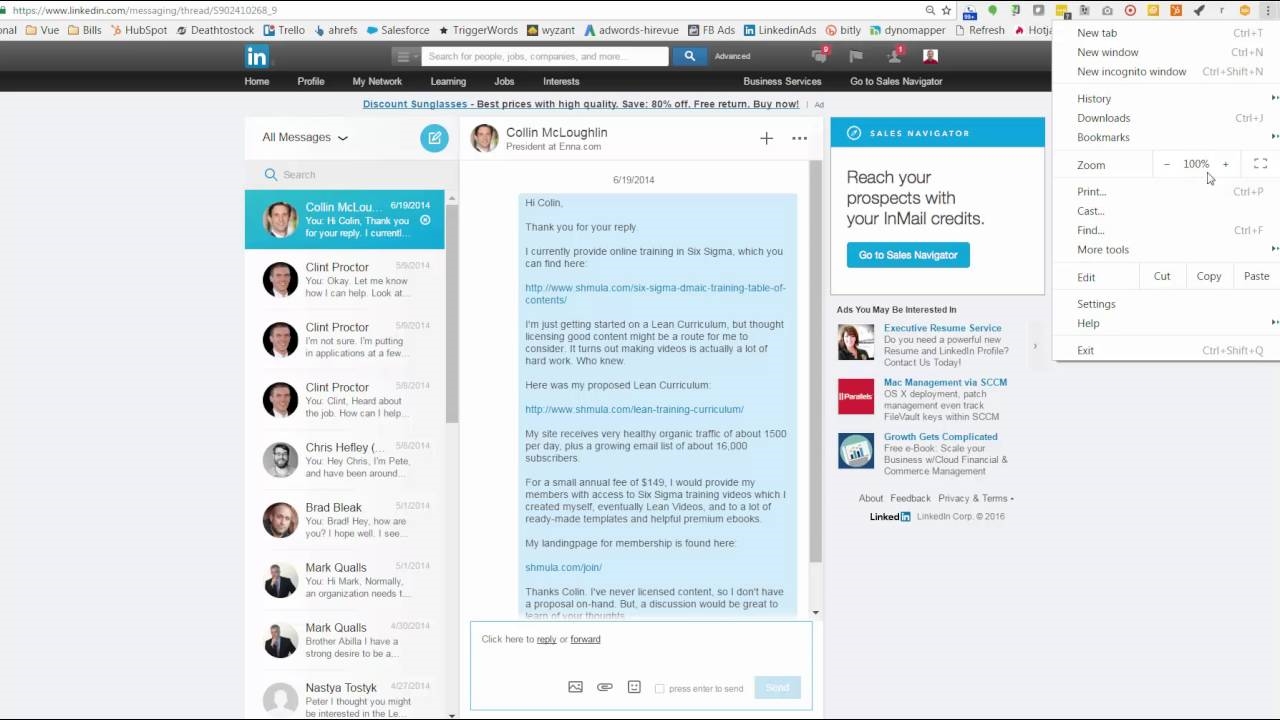
Metric #6: Follower Engagement Rate
In the same way that inbound connections speak more clearly to the effectiveness of your network growth, the follower engagement rate speaks more clearly to how effective your social selling strategies are. What percentage of the people that you connect with on a social platform end up engaging with your content?
This metric helps you to not only identify whether or not you are making connections with the right people. It tells you how well you are positioning yourself as someone that they would like to connect with as well.
When the people that follow you (aka your prospects) engage with the content you share, you are in the process of building relationships. That’s the basis of all social selling initiatives — genuine relationships. The follower engagement rate may be the single most important metric on this list for that reason alone.
Metric #7: Prospect Referrals
Building a reliable network of referrals is critical for long-term social selling and business success. Once you’ve built out a solid network, most social sellers opt to focus less on continuous outreach and focus more on creating referrals while letting their social networks grow more organically through the content they share. Growing to that point allows you to shift your focus toward big-picture tasks that position you for long-term success with less of a daily grind.
More than 80% of consumers purchase products based on the recommendation of someone they know. In many ways, the referral network of a social seller is their strongest asset. It enables them to continuously drum up business and scale their selling efforts. Using the referrals you generate as a metric can be telling of your success in building relationships with prospects and earning trust. Simply put: people refer others to people they trust.
Metric #8: Link Clicks
Link clicks is a metric that is effective when examining your strategies for outreach. It’s particularly effective for cold outreach initiatives but also helps you evaluate how your prospects are connecting with content during the relationship-building phase.
When you share a link to a relevant and valuable piece of content, you want your audience to click on it. Many of them won’t. Knowing the percentage of prospects that click your links can tell you a lot about how you come across in the messages leading up to the link delivery.
Link clicks show that your prospects are engaged with the content that you send them. A high link click rate shows that your audience appreciates the value of the content you’re offering. They want to read what you have to say and share. Link clicks indicate the strength of your relationships.

Metric #9: Number of Conversations Started
While social selling is a process that focuses on quality interactions, there is something to be said about quantity. So long as you don’t experience a dip in quality (which means that you’ll be dedicating more time to social selling), having more ongoing conversations leads to more opportunities. It’s more relationships. More inquiries. More sales.
Trying to hit a certain number of new conversations started on a weekly basis can be a good way to make sure that you are always keeping the wheels turning. In the beginning, until you have enough of a presence to generate sufficient inbound leads, you’ll need to actively start new conversations to build your network.
Metric #10: Revenue Generated
In the end, your goal is to make money. If your social selling efforts aren’t generating verifiable revenue, you probably won’t be keeping with it for long. Luckily, social selling revenue is easy to track. Since you are engaging in genuine conversations with your prospects, you know exactly which customers actually came through your social selling pipeline. You were there every step of the way.
Social selling needs to make sense from a revenue standpoint for any of the other metrics to matter. However, using a broad range of metrics to sharpen your strategies over time will help you increase revenue generated. As you grow your presence, more referrals and inbound leads will come into your pipeline, leading to increased revenue and a growing business.
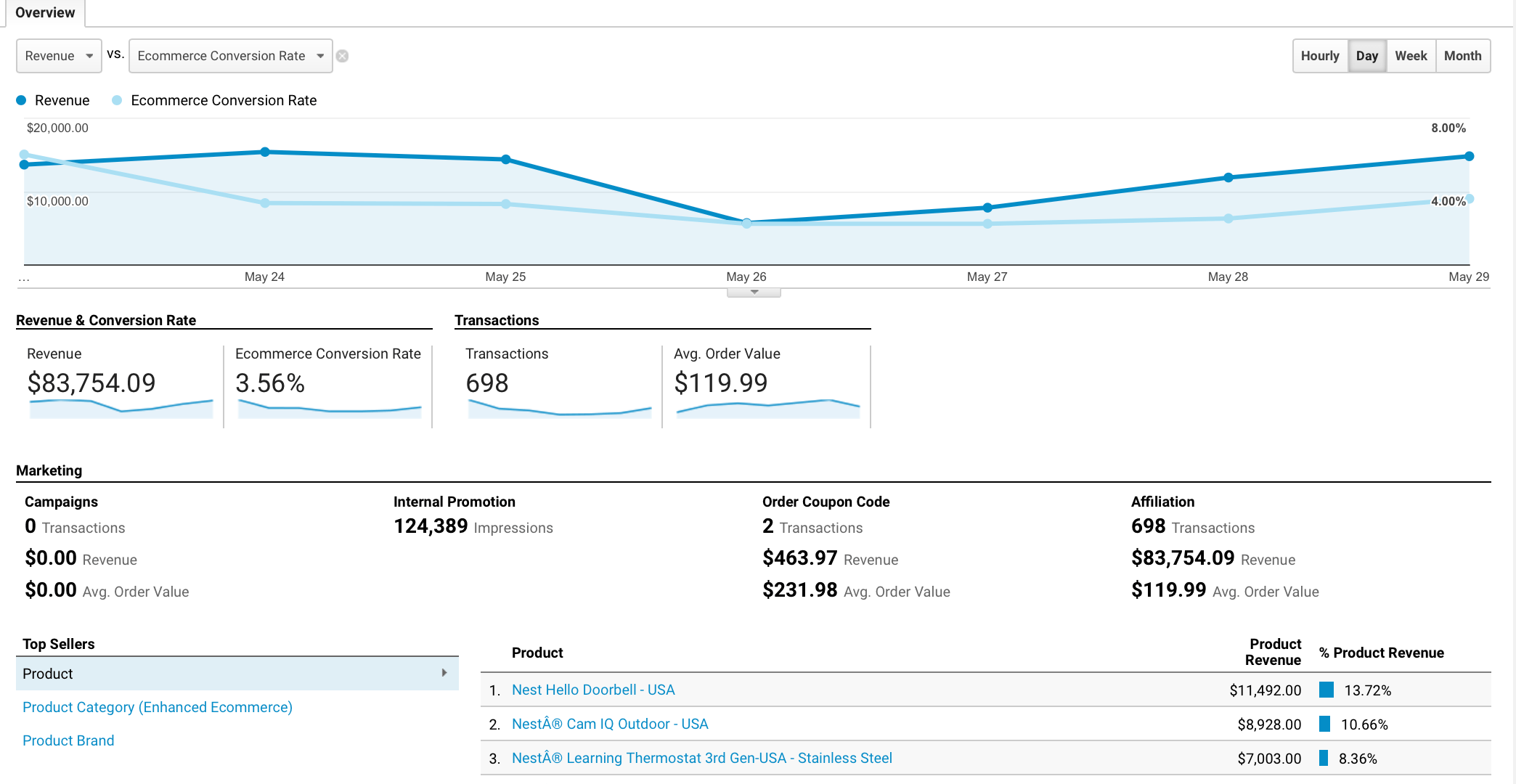
Track, Iterate, Optimize
Like any other digital marketing or sales strategy, you can only improve what can measure. Trusting your gut about what is working and what isn’t is good and occasionally helpful. But if you can’t measure, you’ll miss out on critical opportunities for improvement. Tracking at least a handful of the metrics outlined in this article will help you to spot issues in your process and recognize when changes have a positive effect.
This article was also published on SocialSellinator’s blog.
Digital & Social Articles on Business 2 Community
(72)
